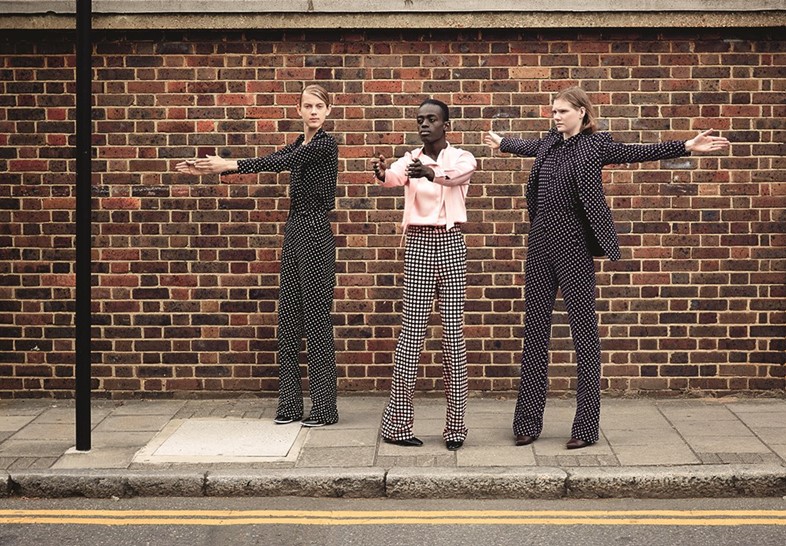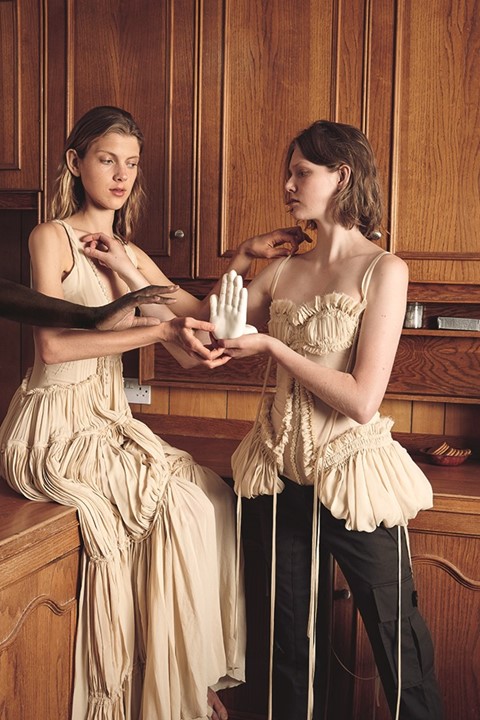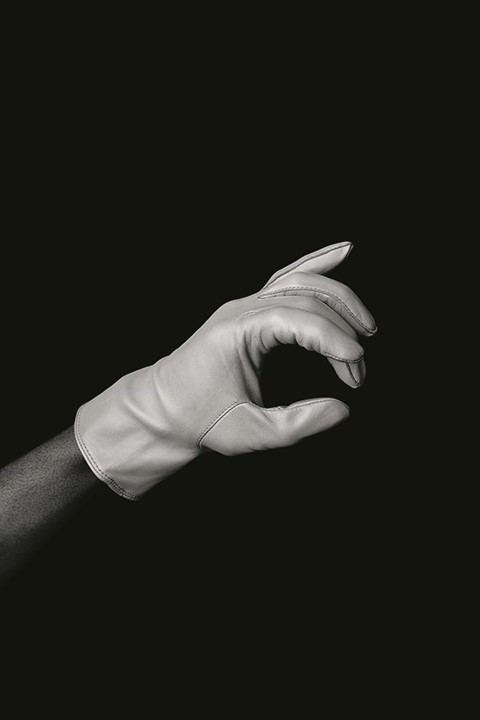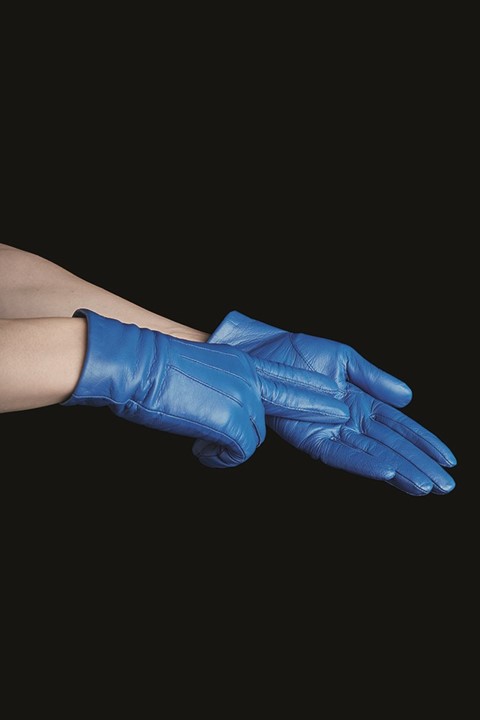There's an art to composing the perfect email in 2015. Here, we reveal our top tips for best e-practice
The first ever email was sent by US programmer, Ray Tomlinson, to himself, in 1971. It was a historic moment in the evolution of communication. Over fifty years later, email has become an intrinsic part of our working (and personal) lives. We check it constantly. When we’re not checking it, we’re thinking about it. Good ones makes you feel brilliant; some do the job; others make you wish you’d never read them.
We’ve been doing it long enough, so we should have it figured out, right? There should be examples of fine email practice flying between our devices, all day. Yet somehow, we are all still experiencing email etiquette anxiety. Here, we've pulled together our favourite tips for best email practice.

1. Clarity is of the upmost importance
A great email should have one clear focus. You have an idea to pitch. You want to ask a question. You are briefing someone about one project. You are hosting drinks and would like that said person to join. The subject should also be clear – for clarity in the inbox, and for search purposes at a later date. Subjects like “hello” or “x” are not examples of email best practice. Always stick to the point. Can a really long email be replaced with a quick face-to-face?
2. To Bcc or not Bcc?
Be wary of sending emails to large groups of people. You are least likely to get an answer from an email to more than 3 people. Use Bcc option when appropriate – sometimes people don’t want their emails to be shared with others (using the Cc option in this instance, is an epic email fail).

3. You can't beat a classic (font)
Avoid introducing fancy fonts – consider the standard typefaces Arial, Helvetica and Times New Roman as elegant classics. A fine example of a good email practice is splitting the text into two or three concise sections – the opener in one or two sentences, followed by the key communication (again, one or two sentences). Any bolding and capitalisation is unnecessary and agressive in manner. Bullet points are sometimes useful if there is a list of questions you want to ask.

4. Refine your signature(s)
A concise link to your website or various social handles is fine, but avoid a long list of links promoting your projects and publications. This isn’t a CV. Also, that “sent from my iPhone” feels dated – it’s quite nice to update with a bespoke on-the-go signature or synchronise and use the same across all devices.

5. A sign-off says it all
Truly. We consider some key examples:
Best – the most controversial. Feels lazy and insincere. Try it again, with feeling. (also applies to ‘my best’).
Best wishes – stuffy, like a greetings card you wouldn’t buy.
All the best – the break-up sign-off.
Very best – if you’re really attached to ‘best’, then this one can work in certain scenarios (but you have to mean it).
Thanks! – Please just do what I say/I don’t need to discuss this further. In the right context it can be fine, but use with caution. Thanks without the exclamation feels lighter.
Sincerely/Yours faithfully – not very modern.
Yours – I’m yours. Really?
Speak soon/Look forward to hearing from you – only if you want to.
Regards/Kind regards – acceptable, kindest is too try-hard.
Warm wishes – it works. It’s genuinely warm, but still professional. You don’t even need to add an ‘x’.
Initial + ‘x’ – If you know the person well, this can be a neat sign-off. Use with caution – if you use it regularly, and then drop it because you are annoyed, it won’t go unnoticed.
Both initials – usually preferred by men.
:) – if you have a good relationship with the person, a single emoticon can be quite fun (but please use sparingly).
Any double signs off (i.e. Best, [new line] Many Thanks) – what are you thinking? Incorporating sign-offs in signatures is just lazy.
No sign off – a brave move. In that right circumstances (a quick back and forth) it can be brilliantly modern and clean.
There’s something quite modern about establishing a set of personal sign-offs codes – one for serious business, one for daily business, one for friends, family and loved ones. Choose the sign-offs right for you. Make them your thing but keep the consistency.

Hair Christian Eberhand at Julian Watson Agency; Make-up Hiromi Ueda at Julian Watson Agency using Laura Mercier; Models Ally Ertel at The Hive Management, Marland Backus at Elite, Taiki Takahashi at First, Christopher Bryan at Real London Casting, Jordon Ajadi, Yuyu Rau; Set design Janina Pedan at The Magnet Agency; Manicure Kate Cutler; Casting Noah Shelley; Street casting Melissa Thompson, Charlotte Roberts; Photographic assistants Chloe Grace Press, Chelsea Beale; Hair assistant Sabrina Lefebvre; Make-up assistant Kamila Forini; Set design assistant Kiera Fox; Post production Two Three Two; Production Sylvia Farago Ltd; Production assistant Anna Olszewska
This fashion editorial appeared in the Autumn/Winter 2015 edition of AnOther Magazine
